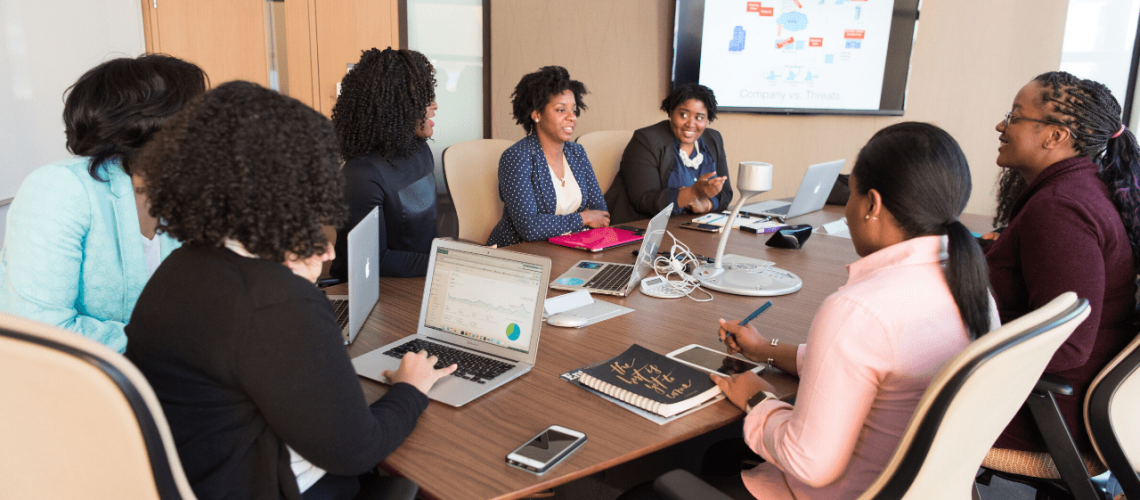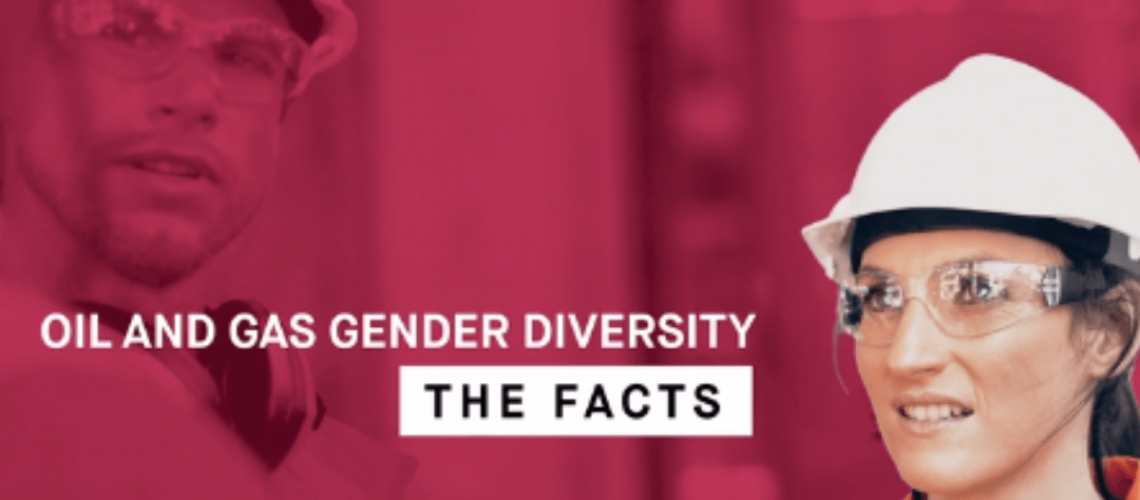Our highly anticipated “How Black Lives Matter in Energy" discussion with Gaurdie E. Banister Jr., Former President & CEO of Aera Energy LLC, garnered a massive crowd. We gathered over 500 attendees and had hundreds of questions from our audience.
We covered the major topics on our audience’s minds: Why does the energy industry stay silent regarding social issues? How far has the industry come in its efforts for diversity and inclusion? And what do energy companies need to do to make their black employees feel welcome?
Get the replays:
Silence is no longer golden.
Both those inside and out of energy know that the industry notoriously tiptoes around social issues. This external incognito profile is a reflection of its internal safety-focused culture that permeates within energy companies in response to the rising global pressure for climate change. And with the black lives matter movement in motion, the energy industry is once again being tried for transparency.
Why are energy companies not as loud about racial equality as they are for climate change? Gaurdie said that one of the major factors which determines an energy company’s verbosity is the position it faces to direct consumers. The closer you get to the consumers through the energy pipeline, upstream being the furthest and retail energy the closest, the more vocal companies are about the actions they are taking in response to current social unrest.
Today, the oil and gas industry is under a lot of pressure. Not only is climate change a worldwide demand, but the fall of oil prices, the global pandemic, and now civil unrest have all taken a toll. “In the midst of this crisis, pandemic, oil price, I believe every idea matters. In fact, inclusion at the time of crisis matters most. If you hear that employees are hurting, you need to listen to them.” Similarly to the way energy envelops the safety culture in every action it takes, inclusion too can be prioritized to have the same effect.
The Voice of Social Media
In bridging the gap with racial inequalities in the energy industry, social media itself has created an ecosystem of conversation. And while it can be difficult to track down the truth through these channels, clear indicators of systemic racism and police brutality have emerged through viral video evidence, most recently being the murder of George Floyd.
Gaurdie recalled his time as a mid level leader at Shell in 1992 Los Angeles the morning after the Rodney King riots. It was during a meeting when a field supervisor complained about the “hoodlums” outside. Gaurdie responded, “are you kidding me, you think they’re hoodlums? What about the cops that beat up Rodney King?” Distraught, he left work. This was one of many racist experiences that tested his desire to remain in the energy industry.
How far have(n't) we come.
Yes, energy companies have had active internal D&I programs for years now. But while the intention of these programs is good, the systems used to measure their progress are often ambiguous and come up short. Have these programs been beneficial? Or have they gotten worse? Gaurdie responded that, “in some ways they have improved, and in some ways they’ve stayed the same.” Companies are now engaging in ‘listening sessions,’ where leaders are asking black employees to share their experiences in that workplace. Gaurdie stated that though blacks may be moving up the ladder, the listening sessions have disturbingly revealed that black employees today are experiencing similar racism to what he endured at the beginning of his career.
Looking back at his first job as an engineer on the 32nd floor of the One Shell Square in New Orleans, he was thought to be a mail handler. It is microaggressions like these that still persist today. “The oil and gas industry has a long way to go to get our heads around that,” said Gaurdie.
Strategies.
Now that we can recognize the racial inequities within the industry, how can we make sure black employees feel safer in the workplace? Gaurdie put an emphasis on the top-down approach, beginning with the commitment to black representation in the board room. He stated that “it’s a lot harder for a company with all white directors to be asking, ‘what do we need to do about this?', and find that inertia without a black colleague in the room.” Leaders need to be consistently engaged in constructive dialogue. In the same way companies have successfully drilled safety into our minds, the same can be true for inclusion.
And how can black employees and minorities speak up when they are not feeling safe? "It starts with people examining who they are. Understand your personal strengths and weaknesses. What do you want for yourself? What's your vision? And then you act on that." Gaurdie pointed out that this may feel like an inaccessible point of view, as minorities are constantly pushing against a system that is not in their favor. Because of this, minorities should first find the support system where they feel safe. They then need to find the courage and identify the opportunities to engage others in these matters. “Look around for allies,” he said. “Be an ally. Take action. If you see something racist happen in your workplace, have the courage to say something. We are at a point where we cannot keep letting this happen."
This is the same message about safety in our workplaces. It is irresponsible for anyone to walk past an unsafe act. The same should be true for acts of racism.





